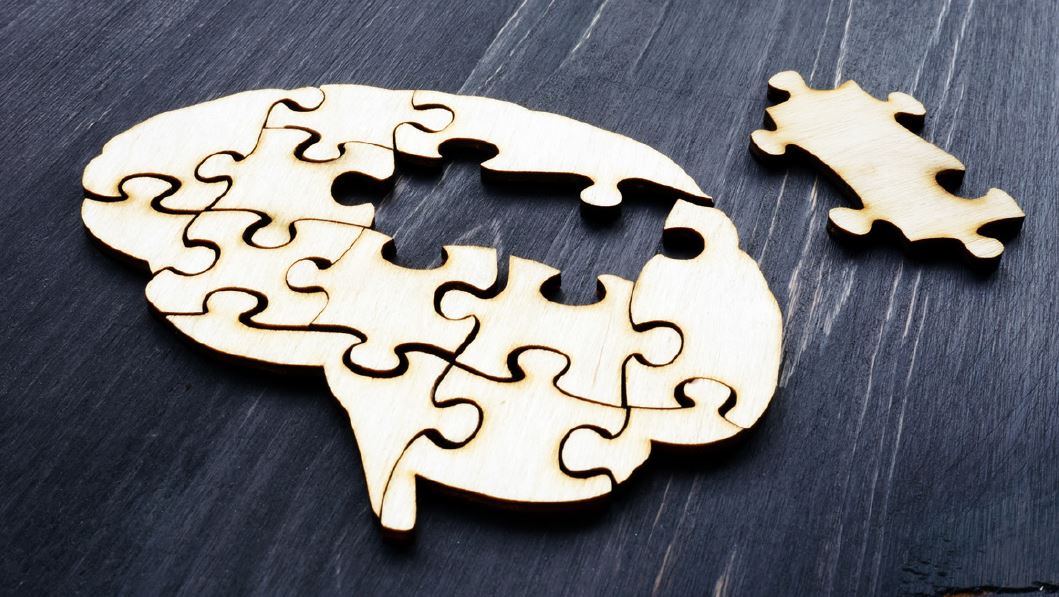Build a Resilient, Smarter Brain
September 02, 2021
 Work-life balance can be difficult to achieve in a world that reinforces being constantly “on.” Technology can keep work at our fingertips, making it far too easy to check our work email outside of the work day.
Work-life balance can be difficult to achieve in a world that reinforces being constantly “on.” Technology can keep work at our fingertips, making it far too easy to check our work email outside of the work day. One way we can establish balance is to be efficient when we are working and set boundaries to preserve our time and attention. However, that is easier said than done. Distractions tempt us from the time we wake until our heads hit our pillows at night. To help you improve productivity so you can have more time for the things (and people) you love, here are a few evidence-based strategies from the research of cognitive neuroscientist Sandra Chapman, Ph.D., one of our featured speakers this month:
- Multi-tasking is a myth. The human brain is not good at multi-tasking. While it may feel like you are multi-tasking as you bounce back and forth between reading articles, checking your email, saying hello to passersby, and writing your daily to-do list, you are actually task-switching, which takes a lot more of our brain’s energy than staying focused on one task at a time. Chapman suggests we “focus on the elephants, before chasing the rabbits.” What are “rabbits?” If you’ve ever sat down to check your email, then switched to search for another email to respond to the first email, only to realize you forgot to finish something else after glancing at a Word document left open on your desktop, all while you were looking for a document to help you respond to that first email… you were chasing rabbits! Decide on two big tasks each morning, or “elephants,” and complete those before you get distracted by the rabbits. In her book How to make your Brain Smarter, Chapman, talks about how we often get distracted by rabbits, the smaller less important things that distract us. Email and Instant Messaging can be a great example of rabbits. Obviously we cannot turn off email completely, but we can dedicate certain times of the day for checking email. Try to choose times like 10-11 a.m., 1-2 p.m. and 3-4 p.m. to focus solely on the task of responding to and sending emails.
- Give your brain breaks. Our brains can be more creative and productive if we give them opportunities to rest. If you’ve ever had an “Aha!” moment while in the shower or taking a break, you have experienced the power of this strategy! When you are fatigued, overloaded, or have to make big decisions and don’t have a direction, this is a great strategy to use. You may think that when you are resting your brain, nothing is happening. To the contrary, your brain is still processing information, tapping into deeper levels of insight and intuition, when given the opportunity to recover. Look out a window and let your brain rest for five minutes; turn off technology and enjoy the benefits of doing nothing.
- Think in novel ways. As we age, our brain becomes very efficient at doing the tasks we repeat on a daily basis. Unfortunately, a brain that does the same mundane tasks each day doesn’t have to work to establish new connections within the frontal lobe, where our higher intelligence comes from. We want our brains to think in novel ways to keep it young and resilient. Considering different ways to solve problems, finding deeper meanings of songs you hear or movies you watch are examples of ways you can use this strategy.
- Move your body. Physical activity has been shown to improve memory and protect the brain from age-related diseases like Alzheimer’s and dementia. A brisk walk or other aerobic activities that elevate your heart rate above resting are especially good for preserving and improving brain health. Tune into an ERS Walk & Talk Podcast episode to be inspired!